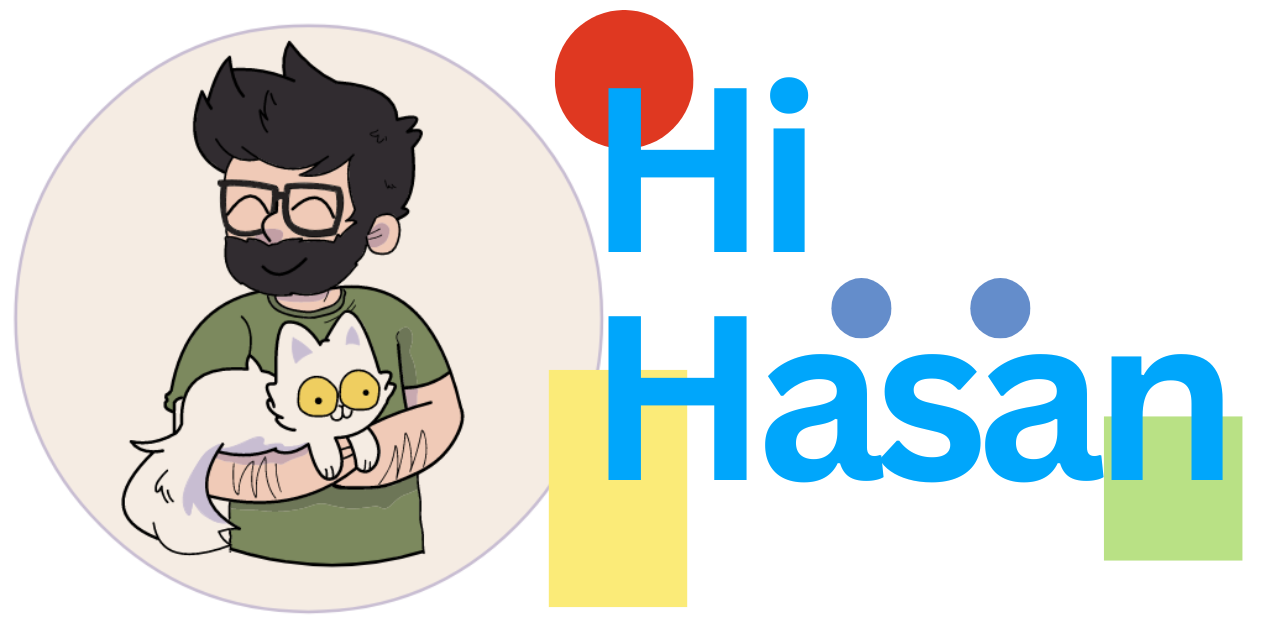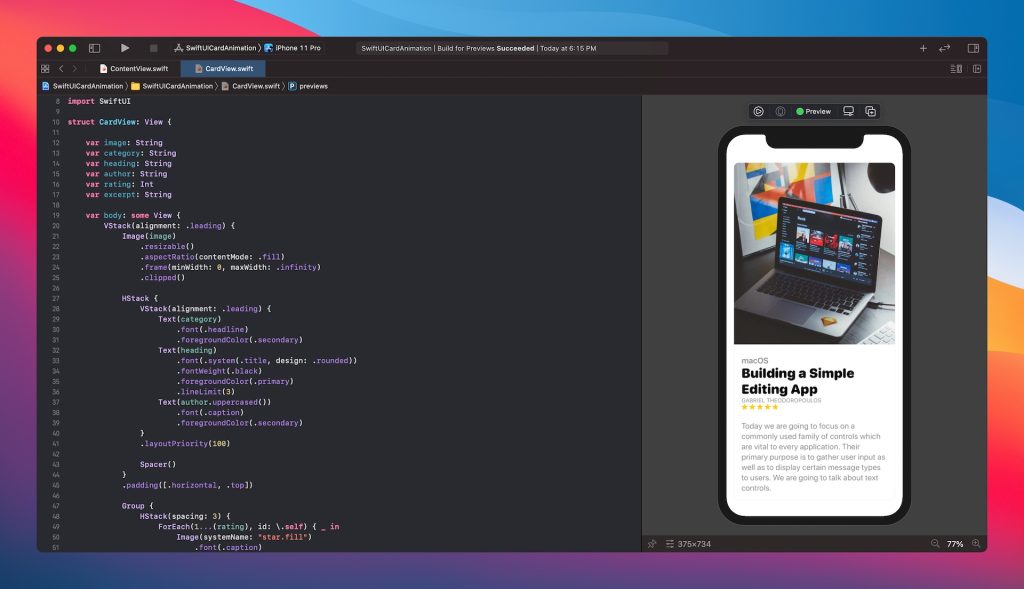Apple’s SwiftUI is a comprehensive toolkit uniquely developed for creating innovative applications across multiple platforms, including iOS, macOS, watchOS, and tvOS. Since its inception in 2019, it has been specifically designed to collaborate effortlessly with Swift, Apple’s highly efficient programming language. SwiftUI employs a declarative methodology, enabling developers to define the structure and behavior of the user interface using concise and understandable code. This approach offers numerous benefits for UI development, including enhanced efficiency, optimized readability, and streamlined workflows, resulting in a more seamless and enjoyable development experience.
- Declarative Syntax: SwiftUI employs a declarative syntax, enabling developers to specify the appearance of the UI based on its present state rather than dictating how to modify it. This approach enhances code comprehensibility and intuitiveness, making it more readable and accessible.
- Cross-Platform: Developers who are looking to create applications for multiple Apple platforms will be pleased to know about SwiftUI. It is specially designed to work seamlessly across iOS, macOS, watchOS, and tvOS, promoting code reusability. This means developers won’t have to write separate UI code for each platform, saving them time and effort. With SwiftUI, the future looks bright for developers who want to create efficient and versatile applications for Apple users.
- Real-time Preview: SwiftUI provides a live preview feature that lets developers see the changes they make to the UI code in real time. This makes the development process faster and more interactive, as developers can see the effects of their changes without running the entire application.
- Native Performance: SwiftUI creates native user interfaces for various platforms, leading to high-performance applications. The framework is designed to utilize the full capabilities of the underlying platform, guaranteeing a seamless and responsive user experience.
- Accessibility: Developers will be able to create more inclusive apps that cater to a broader audience with the help of built-in support for features like dynamic type, voiceover, and keyboard navigation in SwiftUI. This encourages the building of accessible user interfaces for future events.
- Component-based Architecture: SwiftUI promotes a component-based structure, allowing developers to craft reusable UI elements known as “Views” and integrate them to construct intricate user interfaces. This approach enhances code organization and upkeep, fostering modularity.
- Animation and Gestures: Developers will soon experience even more streamlined UI development thanks to SwiftUI. With its simplified implementation of animations and gestures, UI elements will become even more interactive and engaging for users. Additionally, the tight integration with Swift will continue to offer developers the full power of the programming language, including its safety features and extensive libraries, to enhance their UI code. The future of UI development looks bright with SwiftUI.
- Two-Way Binding: The SwiftUI framework has a noteworthy attribute known as two-way binding, which enables the automatic synchronization of the user interface with any modifications made to the underlying data and vice versa. This approach emphasizes effective data management and considerably diminishes the need for repetitive code. Its implementation is a superb addition that optimizes the app development process and offers a seamless and delightful user experience.
- Preview Devices: SwiftUI integrated with the Xcode development environment provides developers with efficient tools to simulate various device types and orientations. This feature facilitates UI testing on multiple screen sizes and configurations, making it a breeze for developers to ensure the optimal user experience.
Without a doubt, SwiftUI is a powerful tool for developers to create stunning and visually appealing user interfaces without the need for extensive coding, which results in increased productivity. As a result, it has become the go-to option for UI development on Apple platforms.

